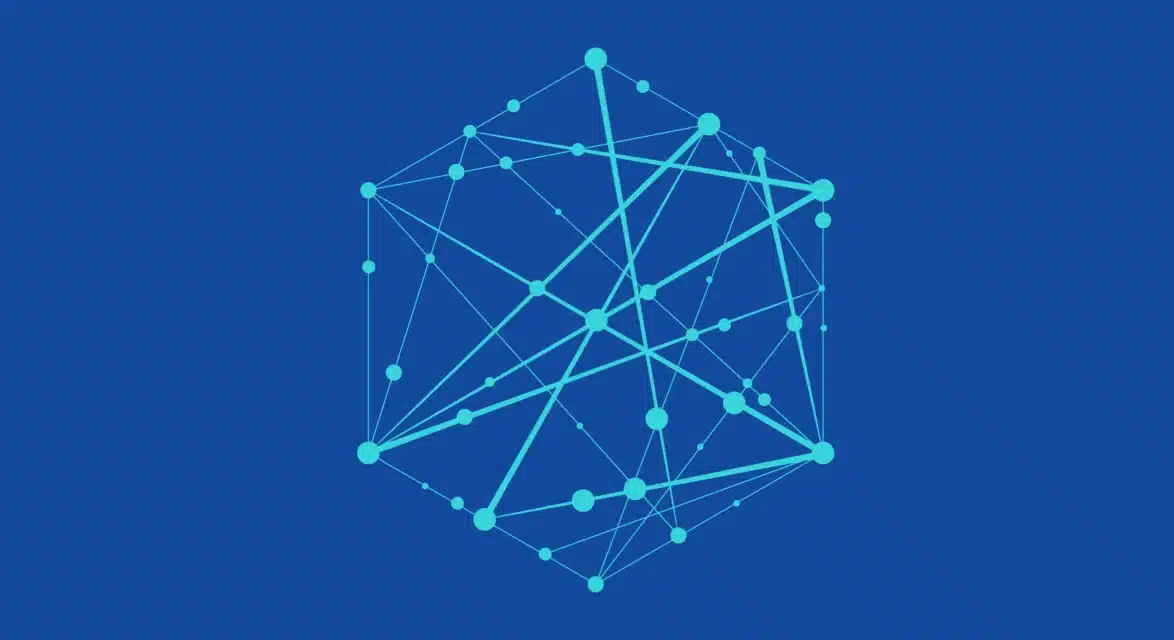The Power Behind the Graph: Why Actian Outpaces the Competition
Phil Ostroff
August 14, 2025

Data is everywhere, and organizations are awash in information but still struggle to turn it into real business value. Silos persist, data duplication runs rampant, and finding the “right” data often feels like hunting for a needle in a haystack. Enter the federated knowledge graph—a modern approach to unifying data context, lineage, and relationships across domains, platforms, and business units.
Actian’s federated knowledge graph doesn’t just connect data. It connects understanding, enabling every user, from data engineers to business analysts, to explore data intuitively and confidently. It is what differentiates the Actian Data Intelligence Platform—and it’s something most of our competitors still lack.
What is a Federated Knowledge Graph, and Why Does it Matter?
A federated knowledge graph organizes and links metadata, business terms, technical definitions, and usage patterns across distributed data systems. Unlike traditional data catalogs that rely on rigid, centralized schemas, Actian’s knowledge graph architecture embraces federation—aggregating insights from multiple domains without forcing everything into a single model.
The result? A contextualized map of your organization’s data ecosystem that scales as you grow, evolves as your systems change, and remains discoverable by both technical and non-technical users.
Benefits include:
- Faster data discovery through contextual relationships and semantic search.
- Enhanced data trust via connected lineage, quality scores, and usage metrics.
- Smarter governance is powered by visibility into how data is created, transformed, and consumed.
- Better business alignment by linking KPIs and metrics to the actual data behind them.
How Actian Outperforms the Competition
Many data intelligence vendors offer basic graph features, such as lineage visualizations or relationship mapping. However, these are often centralized and limited in scope, focusing narrowly on either technical lineage or business glossary terms. They fall short of what a federated graph can achieve.
Here’s how Actian differentiates:
| Capability | Actian Data Intelligence | Other Solutions |
| Federated Graph Architecture | Yes – spans domains and tools. | No – basic graph capabilities are often centralized and siloed. |
| Dynamic Lineage and Context | Integrated across data catalog + observability. | Limited, static lineage. |
| Semantic Search + NLP | Deep contextual discovery. | Keyword-based, inconsistent tagging. |
| Business-to-Technical Mapping | Direct links between terms and data. | Often requires manual stitching or third-party tools. |
| Open, Extensible Framework | Supports modern data stacks (e.g., Iceberg, dbt, Fivetran, etc.). | Often proprietary or restricted. |
Competitors may claim to “connect the dots” with third-party solutions, but without a federated model, those dots remain scattered. Actian unifies them—and surfaces the insights your team needs in real time.
Some competitors even claim to include this functionality within their offering, but customers later find out that they simply offer an API to connect with additional solutions. That translates to more cost and, more importantly, additional potential points of failure.
Why the Right Knowledge Graph Matters to Your Business
In a world where data must be treated as an asset, too many organizations still struggle to locate, understand, and trust their data. Why? Because most data platforms stop at superficial integrations and centralized catalogs that can’t keep up with the growing complexity of enterprise ecosystems.
Let’s be clear: centralized metadata models are not built for scale. Collibra, Alation, and Informatica may offer lineage maps and glossaries, but their architectures are inherently rigid. They rely on manual curation, brittle connectors, and static representations of data relationships. The result is often a stale catalog that looks good in demos but quickly becomes outdated and irrelevant in practice.
Actian’s federated knowledge graph overcomes these limitations.
While other platforms force all metadata into a central repository—often requiring complex ETL-style ingestion—Actian leverages federation to connect to the source of truth in real-time, allowing metadata to remain decentralized while still being universally discoverable. That means your data catalog is always current, context-rich, and governed by design—not by duct tape.
Let’s dig into a few real-world consequences of those differences:
- Other solutions rely heavily on keyword-based search, which leads to missed results and user frustration. Actian’s semantic knowledge graph enables natural language queries and contextual exploration, helping users find exactly what they need—even if they don’t know exactly what they’re looking for.
- Most platforms offer disconnected glossaries and lineage tools, requiring users to mentally bridge the gap between business terms and the underlying technical data. Actian automatically maps these relationships across systems, roles, and tools—removing ambiguity and reducing reliance on tribal knowledge.
- Manual lineage stitching is still the norm for many vendors, especially in complex hybrid-cloud environments. Actian dynamically updates lineage and usage patterns across data products and contracts, ensuring trustworthy insights and audit-ready governance.
- Extensibility is a major limitation in other tools—either you use what their proprietary connectors allow, or you’re stuck. Actian’s open, API-first framework integrates seamlessly with modern data stacks, from dbt to Iceberg to Fivetran, without vendor lock-in.
The business impact is profound. With Actian, your teams no longer waste time second-guessing metadata quality, replicating datasets, or manually reconciling conflicting definitions. Instead, they’re empowered with a federated map of your enterprise data landscape, tailored to your architecture, aligned to your governance needs, and optimized for discovery at scale.
See Your Entire Data Universe
In a competitive landscape where most data platforms offer only partial insights, Actian’s federated knowledge graph delivers the full picture. It’s how modern enterprises scale trust, clarity, and collaboration across their entire data ecosystem.
Experience the Actian Data Intelligence Platform and its federated knowledge graph for yourself with a product demo.
Subscribe to the Actian Blog
Subscribe to Actian’s blog to get data insights delivered right to you.
- Stay in the know – Get the latest in data analytics pushed directly to your inbox.
- Never miss a post – You’ll receive automatic email updates to let you know when new posts are live.
- It’s all up to you – Change your delivery preferences to suit your needs.
Subscribe
(i.e. sales@..., support@...)





